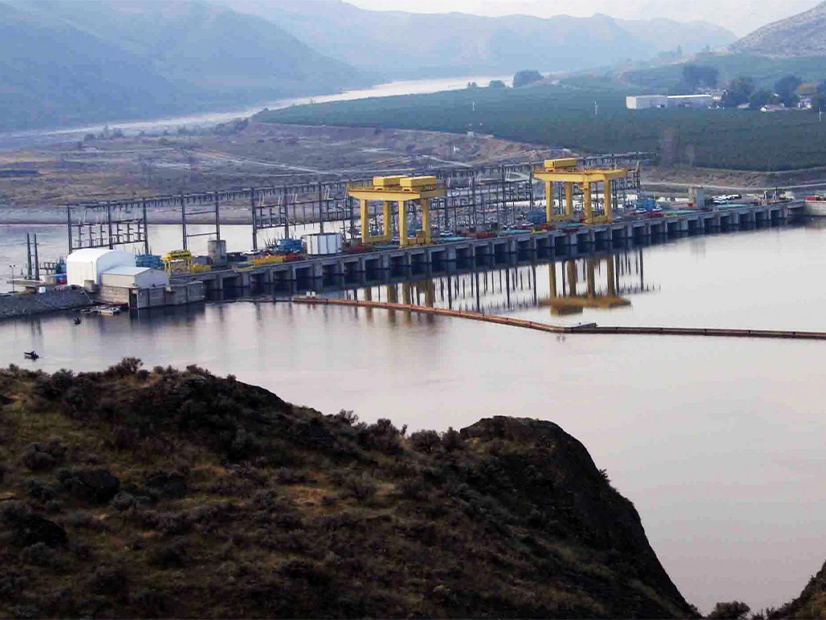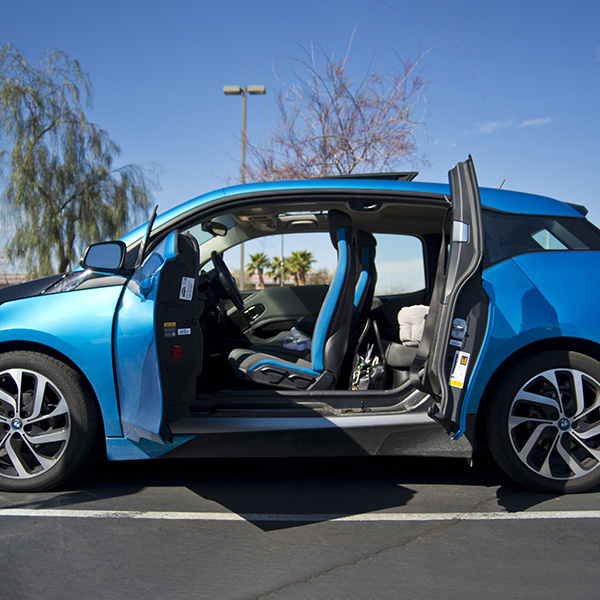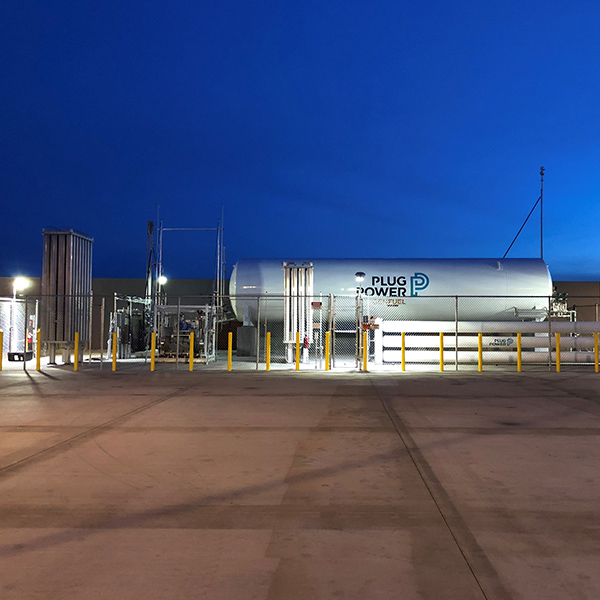Fuel Cell Vehicles
California must more than double the amount of solar capacity built each year compared to its previous maximum build rate to reach net zero by 2045, CARB said.
A bill to expand the provision of green hydrogen by municipal and rural utilities appears headed for easy sailing through the Washington House.
Western states produced a whirlwind of climate initiatives last year, advancing numerous bills and regulations to reach net-zero emissions by 2050.
In its final meeting of 2021, the New Jersey BPU moved ahead with actions to put more EV chargers in minority and low-income communities.
The New England Electricity Restructuring Roundtable on discussed storage and/or hydrogen as possible pathways to fully decarbonize the Northeast.
Nevada's Clean Cars regulations will take effect in 2025, but the state is allowing auto makers to bank ZEV credits starting next year.
There’s a growing consensus in the West that green hydrogen could play a key role in decarbonizing the region’s energy system, but questions still loom around exactly how the fuel will be used in that effort.
Car manufacturers selling in states that follow California’s ZEV regulations would be able to transfer ZEV credits among states under a new CARB proposal.
The gulf between the promise of hydrogen and the ability to make enough of it to help safely decarbonize the grid is a challenge now coming into public focus.
California lawmakers allocated $2.7 billion for ZEVs in the 2021-2022 state budget this summer and designated $1.2 million more in the next two years.
Want more? Advanced Search










